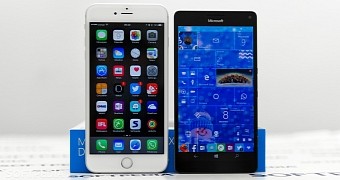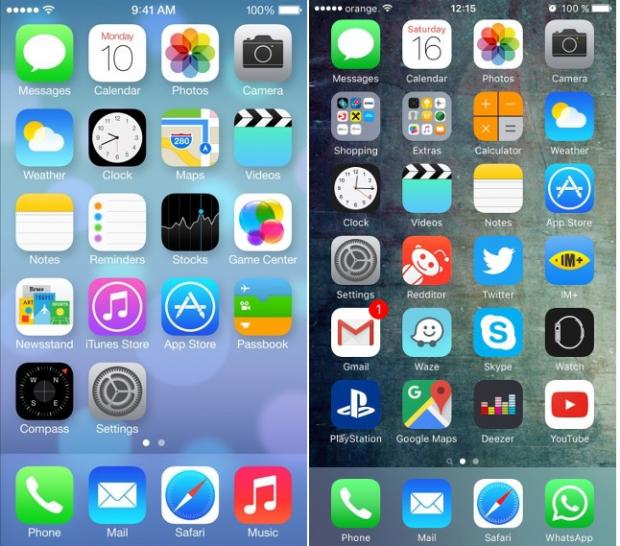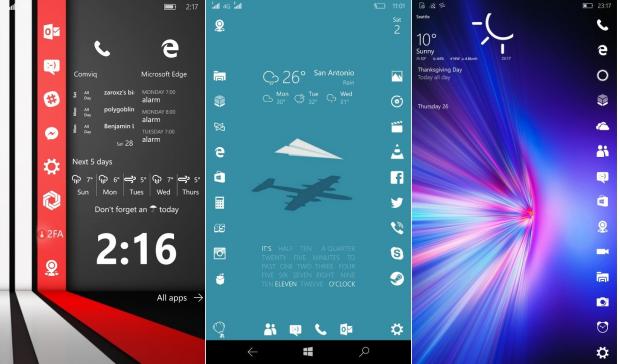The home screen is one of the essential UI parts of every mobile platform, pretty much because, just like its name suggests, it is the home of everything on the device, so you get to see it quite often.
As mobile operating systems evolved, developers attempted to improve home screens too, and Apple and Microsoft make no exception to this. Both iOS and Windows 10 Mobile come with their own styles for the home screen, and today we’re going to discuss both to see their main features.
iOS home screen
Long-time iPhone users can’t help but admit that the iOS home screen has barely changed over the years and it looks almost exactly the same as nearly 10 years ago when Apple launched the first iPhone.
Truth be told, Apple did implement some small improvements here and there, including new icons, but overall, the look of the home screen is pretty much the same.
One of the most criticized things about iOS is the lack of customization, and the home screen itself perfectly aligns with this. The only thing you can configure about the home screen is the wallpaper and… that’s basically it. No option to change colors, no settings for icons, nothing. Just change the background and then you’re supposed to be super-excited with your “new” iPhone.
The only good thing about the wallpaper is that Apple supports both dynamic and static photos, so if you wish, you can use an animated photo as your background. But other than that, this is the only thing you can change on your iPhone home screen.
Windows 10 Mobile Start screen
If iOS is super-limited when it comes to home screen customization, not the same thing can be said about Windows 10 Mobile.
First and foremost, Windows 10 Mobile has the really awesome live tiles, which are animated tiles that can display essential information without the need for opening apps, such as weather forecast, email senders and subjects, the song you’re listening to and so on.
But there’s so much to configure about the Start screen. Just head over to Settings > Personalization > Start and you can find several useful options, including background settings, and additional controls for style (tile picture or full screen picture). You can also adjust tile transparency and show more tiles on the Start. Additionally, you can also configure the accent color used in the operating system and on Start, but also toggle between dark and light.
As compared to iOS, Windows 10 Mobile does not come with support for dynamic wallpapers, but just look how many other things you can configure.
In the end, it looks like we have a clear winner, even though judging from a market share perspective, the iPhone is a much more successful product, even with its boring home screen. Which one do you like more?

 14 DAY TRIAL //
14 DAY TRIAL // 



